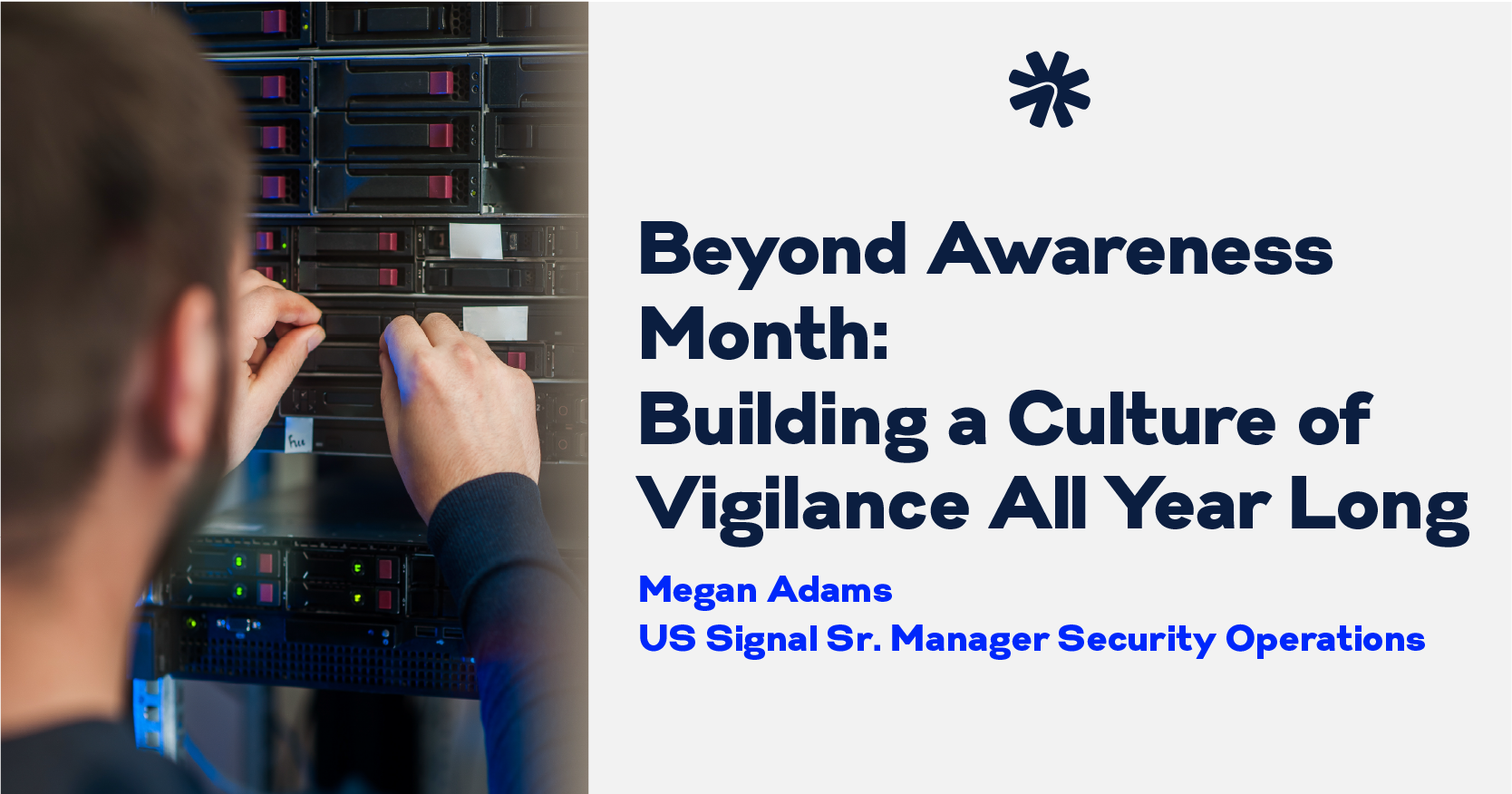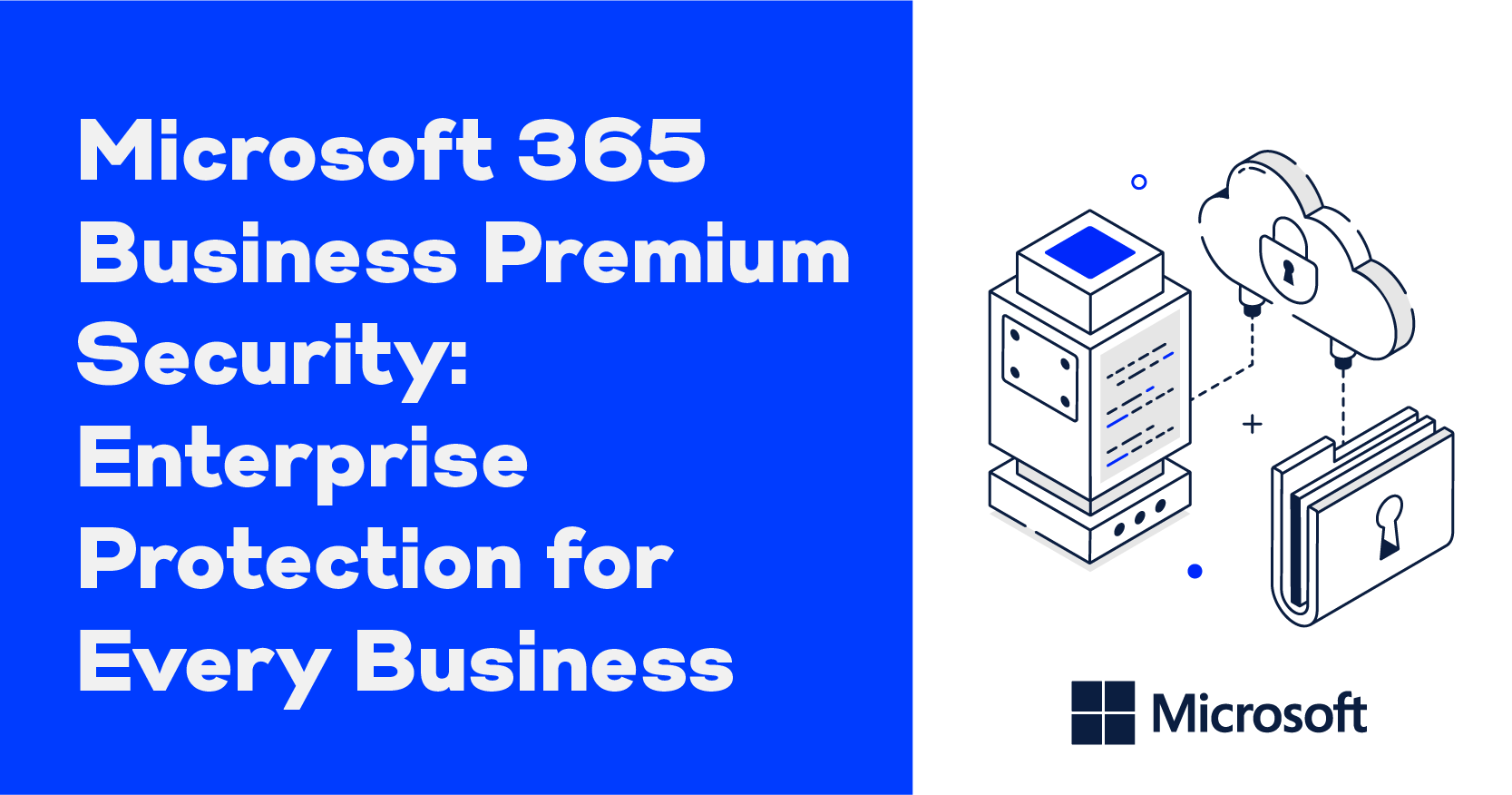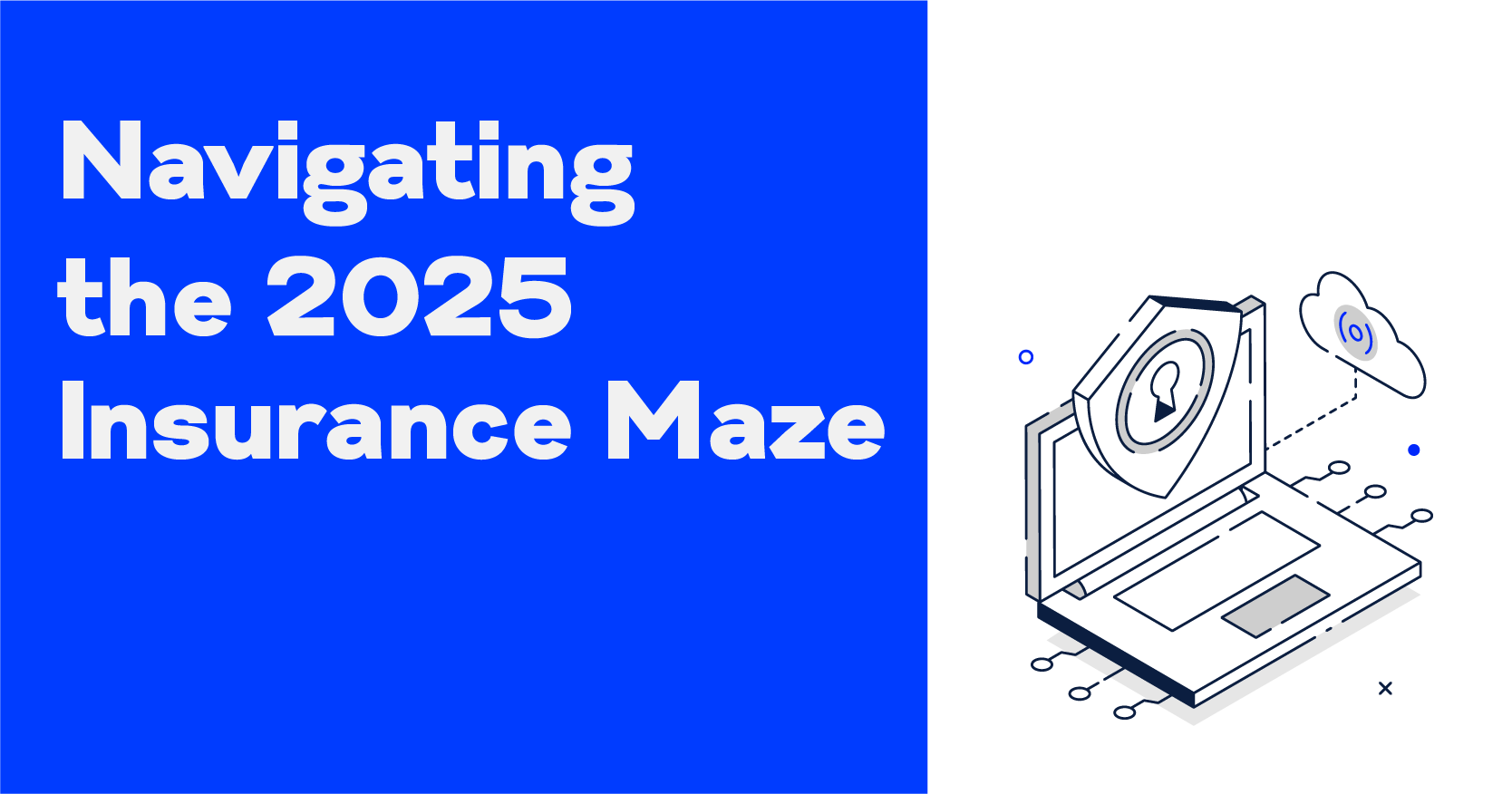Endpoint Security Takes Center Stage

With the increase in work-from-home jobs and BYOD (Bring Your Own Device) programs, it’s likely that there are hundreds, even thousands, of endpoints connected to enterprise networks at any given time. That includes mobile devices such as laptops, smartphones, and tablet PCs, as well as traditional endpoints like servers and desktop PCs. From a flexibility standpoint, that’s great. From an IT security perspective, it’s not so great.
Unsecured endpoints are frequent targets for malware and other types of cyberattacks. They provide easy access points to corporate networks, enabling cybercriminals to steal or compromise sensitive data. The more endpoints there are, the more opportunities for organizations to lose control of their data – potentially resulting in lost, corrupted or hijacked data; regulatory fines and penalties; downtime, and more.
That’s why endpoint security should be integrated into organizations’ overall IT security programs. There are many different types available, including traditional antivirus, endpoint protection platforms (EPPs), and endpoint detection and response (EDR) solutions. System information and event management (SIEM) also can play a role in threat detection and response.
It’s nice to have a wide variety of options, but it’s also confusing in terms of determining what is needed. Understanding what the various options offer can help.
Endpoint Antivirus
Antivirus solutions have long been the go-to solution for endpoint security, and they can still play an important role in overall IT security planning. These solutions refer to software designed specifically to detect, prevent and eliminate malware on endpoints. They’re available from numerous vendors, with versions designed for personal use, small- and medium-sized businesses, and enterprises.
Antivirus solutions are installed on endpoint devices – desktops, laptops, servers, mobile phones, etc. – both inside and outside an organization’s firewall. They typically employ a signature-based system of threat detection, matching any files identified as threats with a database of malicious files. This works well for identifying and stopping known malware and viruses like Trojans and worms, but not so much for newer, uncatalogued threats.
With some antivirus solutions, the software can automatically block, quarantine, or remove malware found on an endpoint. Otherwise, it will issue an alert notifying the user that malware has been found so action can be taken to resolve the threat.
Since new malware is constantly being developed, antivirus solutions require frequent updates to ensure they’re able to detect the latest malware. In addition, antivirus solutions usually only run checks at scheduled intervals. Without round-the-clock monitoring, there are opportunities for malware to sneak in and cause damage long before being detected.
Not surprisingly, targeted attacks and advanced persistent threats can’t be prevented through anti-virus solutions alone.
Endpoint Protection Platform (EPP)
Endpoint Protection Platform (EPP) solutions focus solely on prevention at the perimeter. They deliver antivirus, anti-spyware, personal firewall, application control and other styles of host intrusion prevention capabilities into a single, cohesive solution. Many also integrate vulnerability, patch, and configuration management capabilities, to deliver more proactive protection.
EPP solutions don’t just protect against malware attacks. They also offer data protection capabilities like disk and file encryption, data loss prevention, and even device control to provide comprehensive endpoint protection.
Endpoint Detection and Response (EDR)
Endpoint detection and response (EDR) solutions are considered the successors to EPP and antivirus solutions. They continuously collect and analyze data from all endpoints to provide visibility across these devices. They employ behavioral analysis to detect malicious attacks in progress. They then remediate or isolate the attack to prevent lateral movement across an organization’s IT environment.
Unlike EPP solutions that focus on prevention at the perimeter, EDR solutions also deal with malicious attacks that have evaded frontline defenses. In addition, EDR solutions check for threats round the clock, offering more comprehensive security against breaches than antivirus solutions that run only scheduled checks.
Many EDR solutions also incorporate machine learning technologies to identify the most current threats, something the signature-based systems used by antivirus solutions can’t do.
System Information and Event Management (SIEM)
System information and event management (SIEM) is a central risk management tool for threat detection, investigation, and response. It provides a single central location for storing and analyzing data, coming from many different log sources – not just endpoint systems. It connects distinct information silos to collect data and analyze data in real-time, detect data breaches, store data, and report – providing easy-to-understand, product-agnostic insight to enable appropriate actions and responses.
To achieve a multilayer and more effective defense system, SIEM and EDR are often paired as complementary security tools.
Protect Your Endpoints and More
Every organization’s needs are different ─ for endpoint protection, as well as overall IT security. Regulatory requirements can come into play. So can BYOD and user access policies.
A third-party IT security assessment can provide a comprehensive, objective evaluation of your current security needs and how you’re meeting them. It can also help you identify security gaps and provide recommendations for filling those gaps as well as dealing with emerging threats and vulnerabilities.
US Signal can help. Whether you’re interested in an IT security assessment or would like to discuss building or modifying your existing security solution, we can make it happen. Call 866.2.SIGNAL or email [email protected] .



